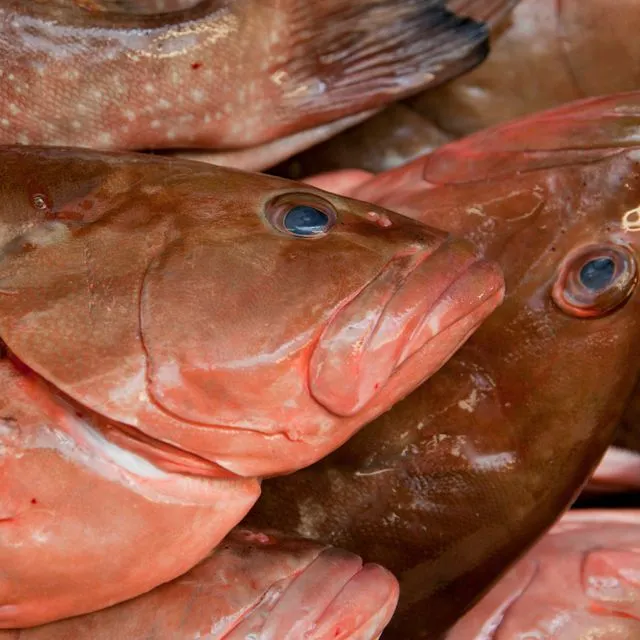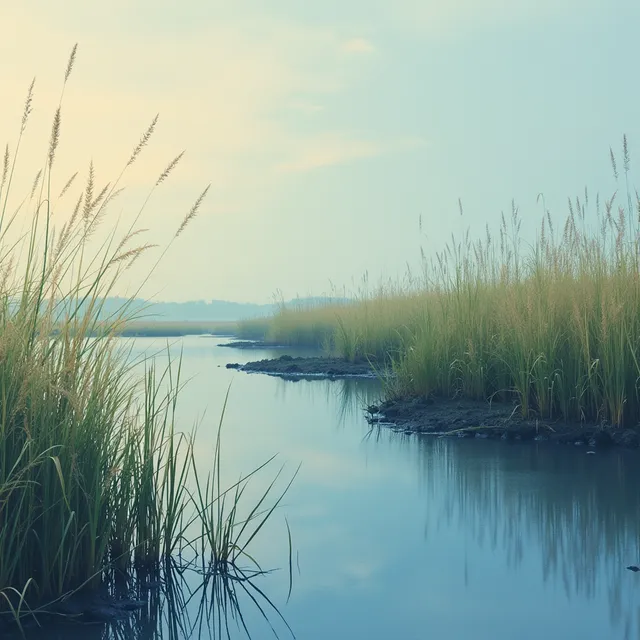Artificial Reefs in Florida 101 – effects on fisheries: Part 4 of an Artificial Reef series
Lisa Chong, Angela B. Collins, Holly Abeels, Anna Braswell, Andrew Ropicki, and Edward V. Camp
Increasingly, coastal managers are placing artificial reefs in marine waters. These long-lasting habitat alterations have measurable effects on fish, fishers, divers, fisheries, and marine social ecological systems. Understanding how artificial reefs function is necessary to make good decisions about future artificial reefs. Scientific research on many aspects of artificial reefs is not always summarized and explained. In response to this need, we designed a 4-part series called Artificial Reefs 101. This publication, part 4 of the Artificial Reefs series, explores a complicated but fascinating aspect of artificial reefs—should we expect them to lead to better fishing in the long run? Many people think artificial reefs should be a “win-win” since both fish and fishers seem to like them. But it is increasingly apparent that they are likely to increase fishing mortality more than they increase fish populations. So they could lead to more restrictive regulations.





